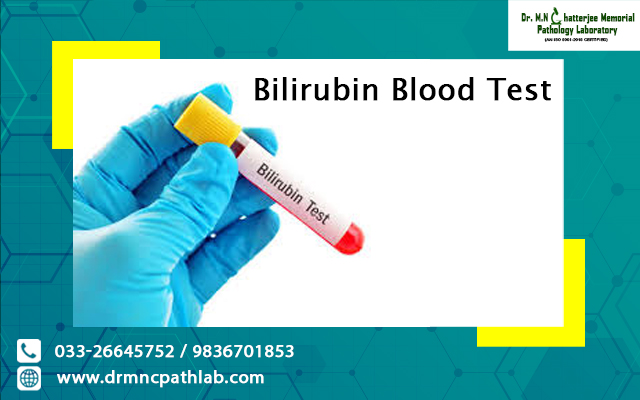In everyone’s blood and stool, there is a yellow pigment known as bilirubin. A doctor can check the levels of bilirubin in the blood from the results of a bilirubin blood test. In some cases, the liver fails to process the bilirubin in the body. There can be different causes behind this. Some causes are an obstruction, inflammation of the body and an excess of bilirubin. Your skin and the white portion of your eyes will start turning into yellow when there is excess bilirubin in your body. Jaundice is the name of this condition. However, to know whether you have jaundice, you must go to a pathology lab in Uttarpara for the bilirubin blood test.
You can know whether you have liver damage if you undergo the testing for bilirubin in the blood. If the bilirubin level in an infant is too high during birth, there may be blood tests several times in the first few days after birth to monitor the functioning of the liver. It will help to reveal whether the infant has jaundice or not. If there is jaundice, it needs immediate treatment otherwise there can be major complications and threat to life. If the test reveals high levels of bilirubin, it may also indicate a condition called hemolysis. In this condition, there is the destruction of more red blood cells.
Preparations before the test
Before the test, for four hours you will not be able to eat or drink anything other than water. Before going to the pathology lab in Hooghly, you can drink your usual amount of water. According to the doctor’s advice, you may have to stop taking certain medications before the test.
Test procedure
In order to perform the test, the pathologist needs a small amount of your blood. He/she obtains the blood sample through venipuncture. In this procedure, the pathologist inserts a needle into a vein through the skin in your arm or hand and collects a small amount of blood in a test tube. Then he/she analyzes the sample in the laboratory. After the test, you can carry on with your normal activities.
The test results
The total bilirubin amount is found in a bilirubin blood test. The levels of two types of bilirubin, unconjugated and conjugated, are also found in this test. The normal total bilirubin can be up to 1.2 milligrams per deciliter (mg/dl) of blood for adults above 18. For those under 18 it is 1 mg/dl. The normal amount of conjugated (direct) bilirubin should be less than 0.3 mg/dl. In comparison to women, the levels of bilirubin are slightly higher in men.
The following are some physical ailments indicated by high total bilirubin:
- Cirrhosis
- Anaemia
- Gilbert syndrome
- Alcoholic liver disease
- Gallstones






